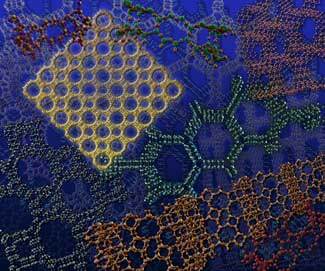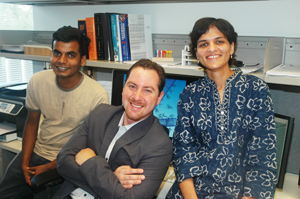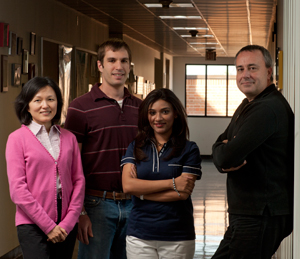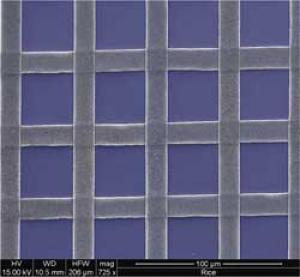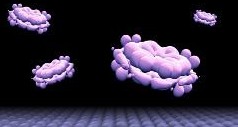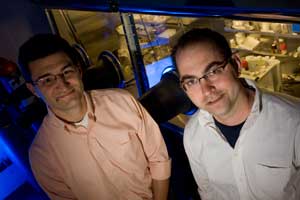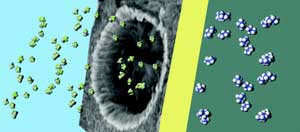Hayadan > Rice University
Rice University
- Dr. Moshe Nahamani
- February 23, 2015
- No comments
- Dr. Moshe Nahamani
- May 10, 2011
- 2 תגובות
- Dr. Moshe Nahamani
- March 5, 2011
- No comments
- Dr. Moshe Nahamani
- January 25, 2011
- 2 תגובות
- Dr. Moshe Nahamani
- October 27, 2010
- No comments
- Dr. Moshe Nahamani
- June 7, 2010
- 2 תגובות
- Dr. Moshe Nahamani
- May 6, 2010
- 2 תגובות
- Dr. Moshe Nahamani
- May 1, 2010
- One response
- Dr. Moshe Nahamani
- February 8, 2010
- 3 תגובות
- Dr. Moshe Nahamani
- November 21, 2009
- 2 תגובות
- Dr. Moshe Nahamani
- August 7, 2009
- No comments

![Hydrophilic carbon aggregate together with polyethylene glycol developed at Rice University has the potential to moderate the overexpression of harmful superoxides through the conversion of active oxygen species that may harm biological functions into neutral oxygen molecules. [Courtesy of Errol Samuel/Rice University]](https://www.hayadan.org.il/images/content3/2015/02/0216_HCC-1-WEB.jpg)
